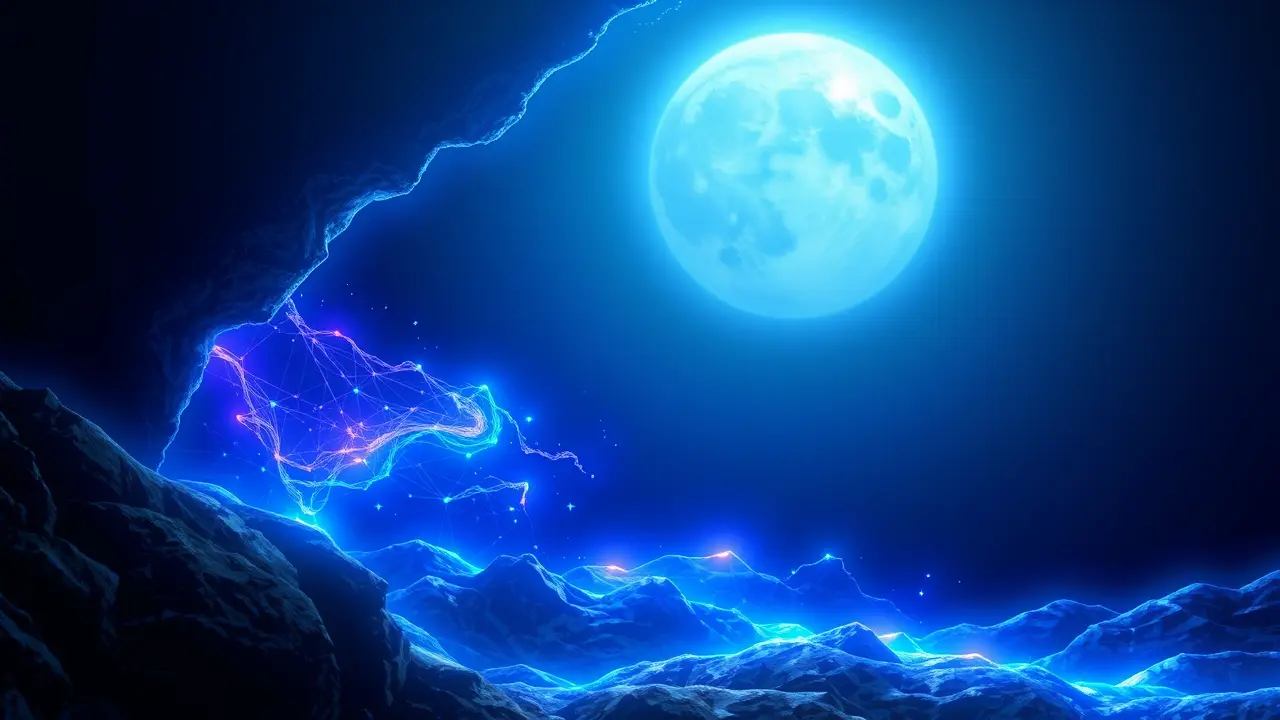Archaeologists uncover lost land bridge that may rewrite human history
A discovery along the sun-drenched Ayvalık coast of Turkey is sending shockwaves through the archaeological community, fundamentally challenging our long-held narrative of how early humans colonized Europe. Researchers have unearthed compelling evidence of a now-submerged land bridge, a geographical superhighway that once connected Anatolia to Europe, which may have served as a primary migration corridor during the Pleistocene epoch.This isn't merely a footnote in a textbook; it's a paradigm shift, akin to discovering a forgotten continent that rewrites the entire map of human prehistory. The smoking gun comes in the form of 138 meticulously crafted Paleolithic stone tools, scattered across ten distinct sites, which paint a vivid picture of ancient hunter-gatherers traversing this lost landscape.For decades, the dominant theories have pointed to two main thoroughfares: the Balkan route and the Levantine corridor. This new evidence, however, suggests a third, more direct path across the Aegean Sea, which was, during the last Ice Age, a vast, exposed coastal plain.As massive ice sheets locked up global water supplies, sea levels plummeted by up to 120 meters, transforming the Aegean from a maritime barrier into a terrestrial gateway. Imagine it not as a treacherous sea crossing, but as a sprawling, habitable land of rolling hills, freshwater rivers, and rich game—a veritable super-continent scientists call Aegeis.The tools themselves, primarily choppers and scrapers, are the silent witnesses to this epic journey, their distribution pattern acting like breadcrumbs left by our ancestors on their relentless push westward. This forces us to reconsider the cognitive and technological capabilities of these early populations; they were not merely drifting with the currents of climate change but were strategic explorers, capable of recognizing and exploiting new ecological niches.The implications are cosmic. If this land bridge was a primary route, it means the peopling of Europe happened faster and through more diverse pathways than previously modeled, with profound consequences for our understanding of genetic mixing and cultural exchange.Leading geo-archaeologists on the project are using advanced coring and sub-bottom profiling to reconstruct the paleo-landscape, revealing river channels and lake basins that would have provided essential resources. This isn't just about finding old stones; it's about reconstructing a lost world, a process as thrilling as mapping the surface of Mars.It raises tantalizing questions about other submerged coastlines, from Doggerland in the North Sea to the Sunda Shelf in Southeast Asia, and what forgotten chapters of human history lie buried beneath the waves. This discovery doesn't just add a new route to the map; it fundamentally recalibrates our understanding of human resilience, adaptability, and the indomitable spirit of exploration that ultimately led our species to conquer the globe. The story of humanity is, quite literally, rising from the depths, and it is far more complex and fascinating than we ever imagined.
It’s quiet here...Start the conversation by leaving the first comment.
